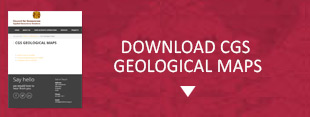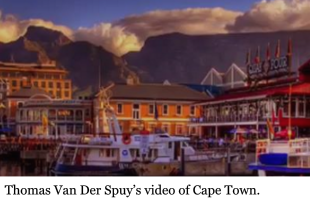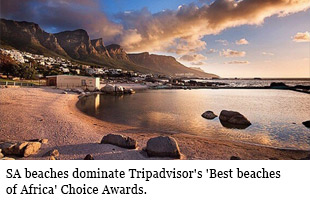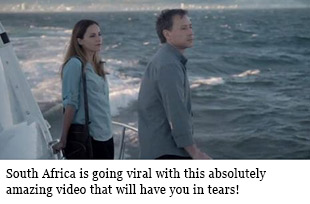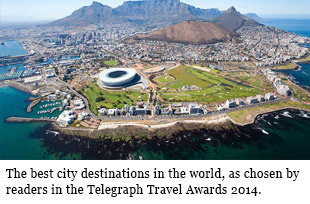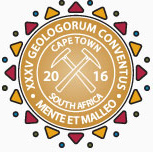
35TH INTERNATIONAL GEOLOGICAL CONGRESS
27 AUGUST - 4 SEPTEMBER 2016 | CAPE TOWN, SOUTH AFRICA
Sponsors
Keystone Sponsor
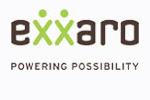

Diamond Sponsor


Gold Sponsor


Silver Sponsor
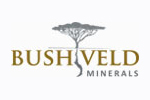

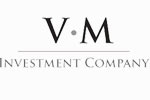
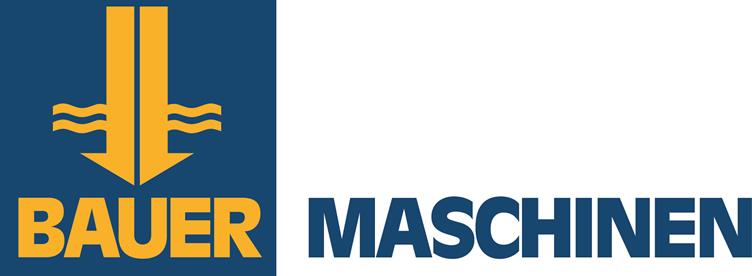




Business Centre Sponsor


Publication Sponsor




Social Function


Plenary Speaker Sponsor


Speaker Gift Sponsor


Post Graduate Fund


Registration


Welcome Drinks
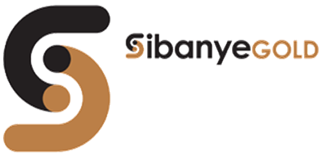

Lunch Time Drinks
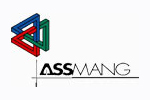

Publication &
35 IGC SAGPGF
35 IGC SAGPGF

35 IGC SAGPGF




MY IGC APP


Symposium Sponsor
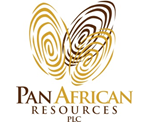
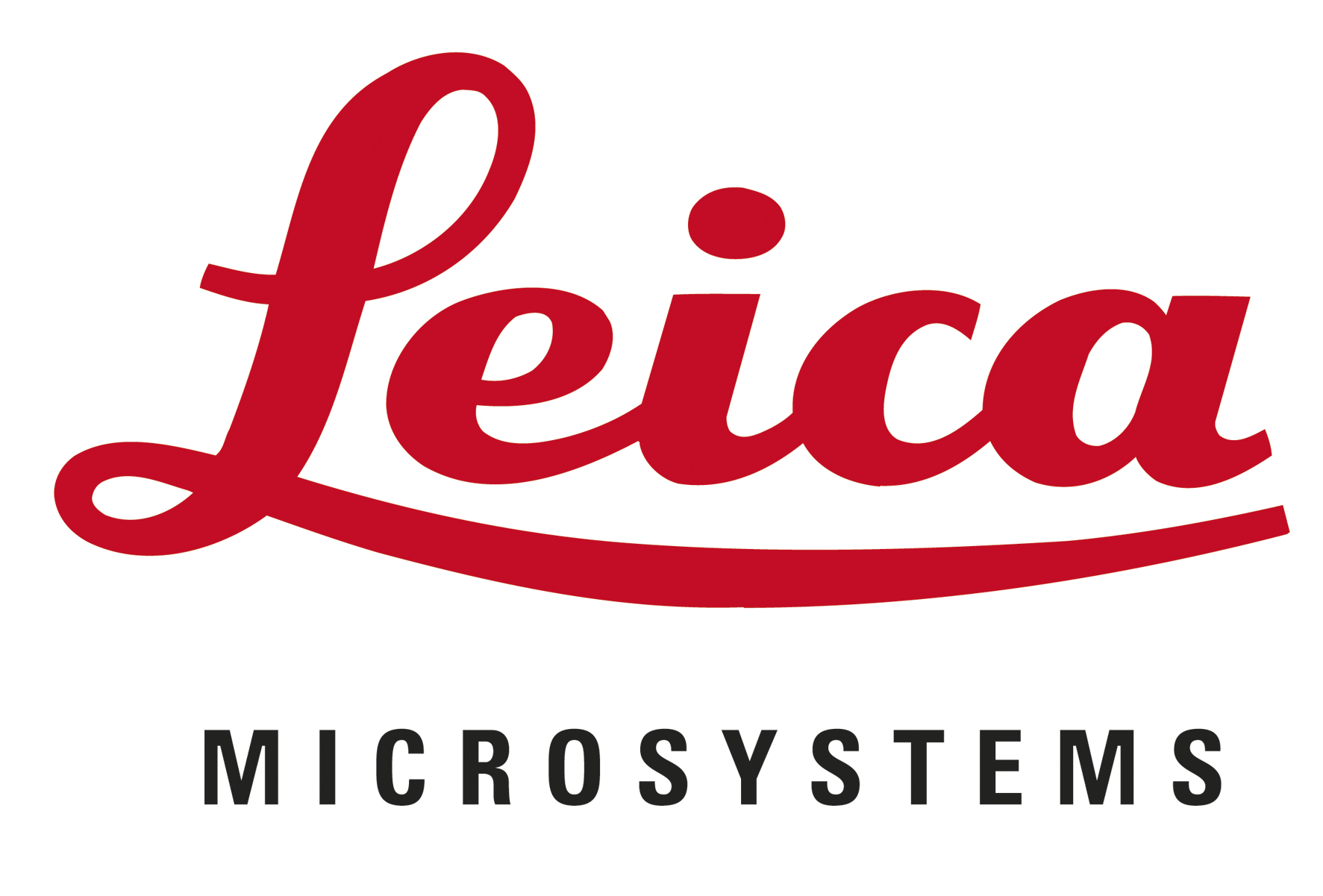


Audit Sponsor
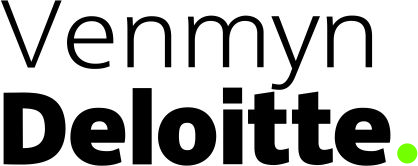

35TH INTERNATIONAL GEOLOGICAL CONGRESS
27 AUGUST - 4 SEPTEMBER 2016 | CAPE TOWN, SOUTH AFRICA
My IGC
Symposium Details
| Title | Description | Convenors |
|---|---|---|
| Mechanisms and timescale of West Gondwana amalgamation | The supercontinent Gondwana formed in a sequence of orogenic episodes between 800 and 500 million years ago as a result of the break-up of the supercontinent Rodinia and reconfiguration of its cratonic fragments during opening and closure of new oceans. Neoproterozoic orogens of West Gondwana are today dispersed in South America and Africa separated by the Atlantic Ocean. Amalgamation of three or more cratons and potential microplates or terranes led to a complex array of highly oblique and locally intersecting mobile belts at the triple points of collision. Plate-tectonic reconstructions of West Gondwana assembly and cross-border and cross-ocean correlations of orogenic belts are still controversial due to uncertain number and origin of involved terranes, unknown occurrence and width of former oceanic basins, along-strike variations in geometry, kinematics, metamorphism and magmatism within mobile belts, timing of accretionary or collisional events, and number and polarity of subduction zones. Particular the processes acting during contemporaneous collision of three cratons and the nature of the resulting orogenic zones is little understood in detail. A lot of new data have been gathered during the last years. We invite contributions discussing the time-frame, mechanisms and structural elements of orogens related to West Gondwana amalgamation from a geological, geochemical, and geophysical perspective. | Kerstin Saalmann and Jeremie Lehmann |
 Field trips
Field trips  Sponsorship & expo
Sponsorship & expo  Registration
Registration Tours
Tours  Promotion
Promotion 

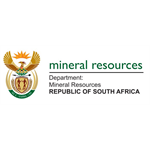












 Conference Programme
Conference Programme  Field trips
Field trips  Sponsorship & expo
Sponsorship & expo  Volunteer
Volunteer  GeoHost
GeoHost  Registration
Registration Tours
Tours  Promotion
Promotion  Publications
Publications


